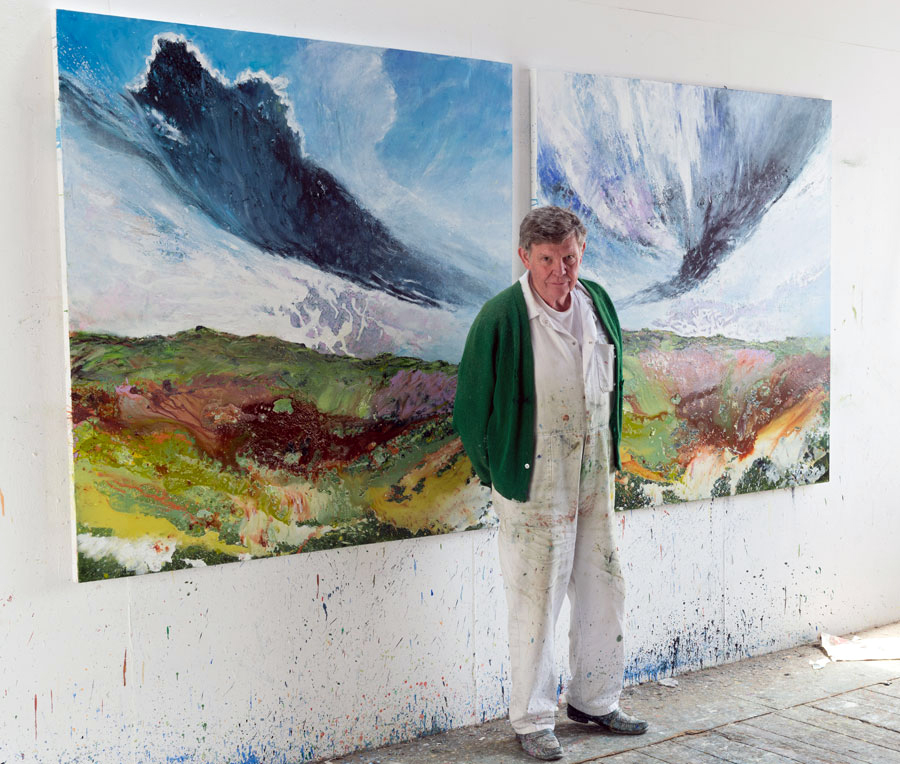19th – 30th November 2019
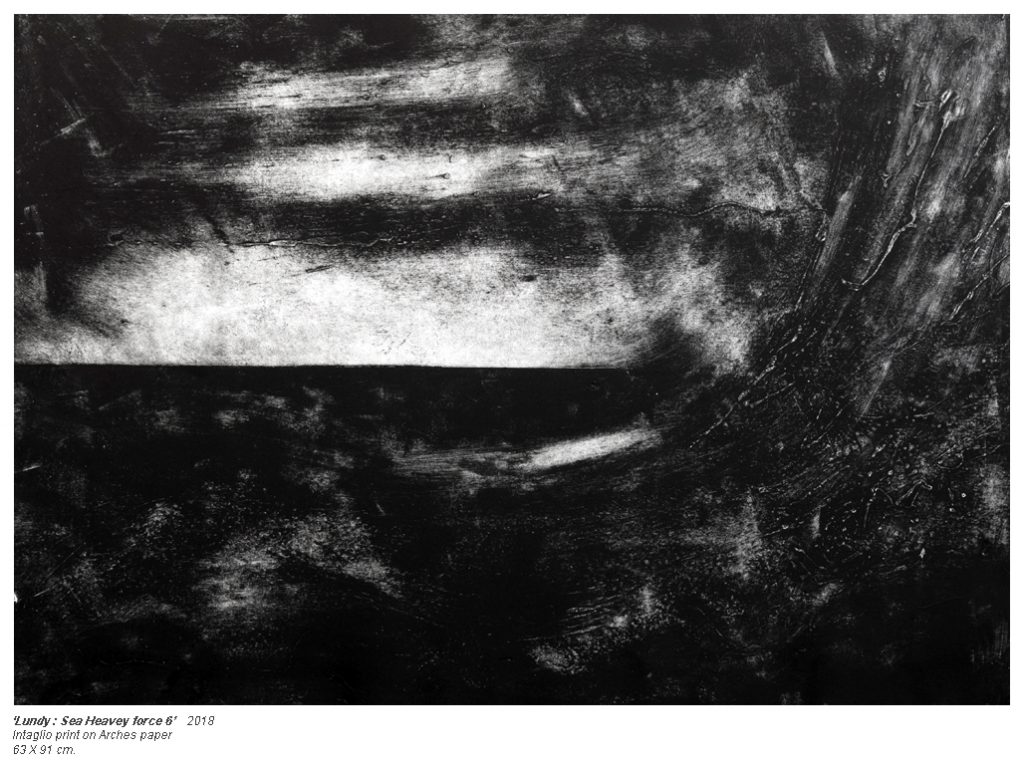
Adrian Hemming is a landscape painter. Not a painter of scenic beauty or topographical views – but a painter of nature. For him, the medium of painting provides a direct communication – not unlike poetry.
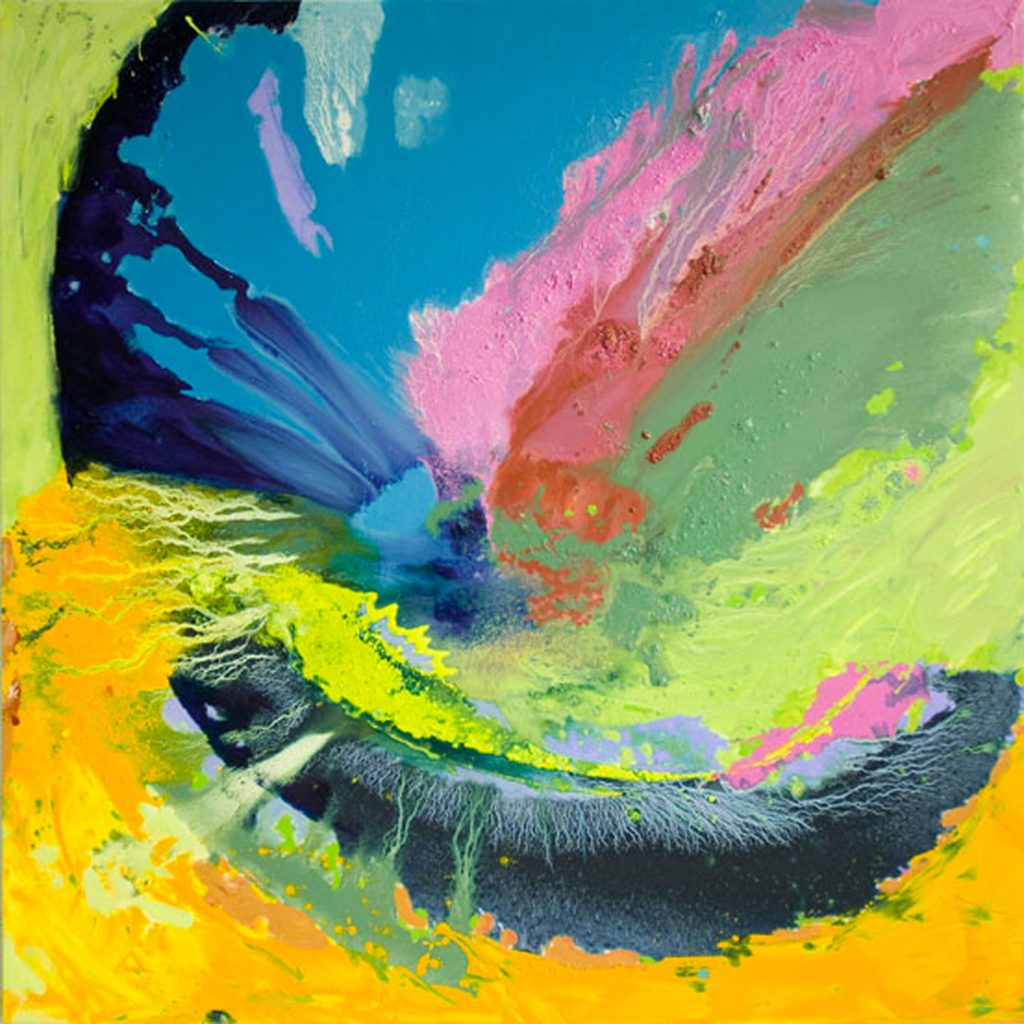
Hemming is profoundly influenced by travel. As Paul Bonaventura (Ruskin School, Oxford) put it in his essay Reflections Beyond The Ordinary: Adrian Hemming’s Pond Paintings: ‘Hemming has a deep and abiding appreciation of landscape, and landscape and travel inform his practice at every turn. “I don’t travel to find the perfect landscape,” he declares. “Notions of the sublime are no longer the Holy Grail of the artist. However, the restless nature of travelling – the constant expectation of the next sensation – informs and helps me”.’
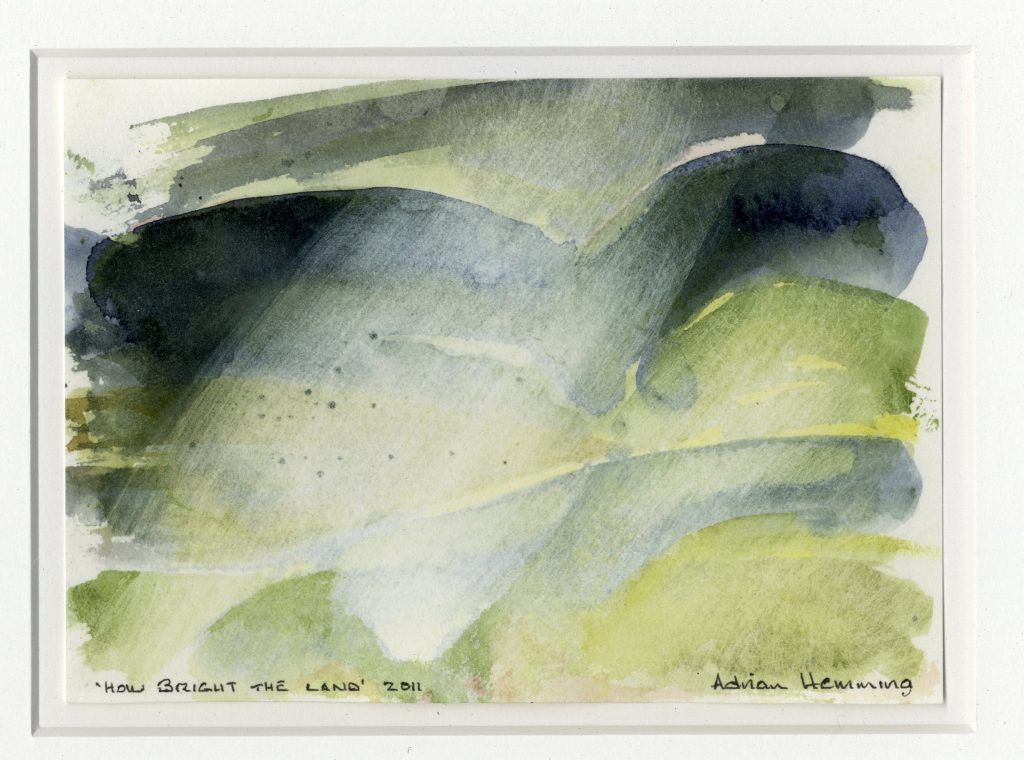
The exhibition splits into roughly three parts:
The Shipping Forecast is ten Intaglio prints (edition of 10 per image) signed and dated on the reverse due to edge to edge printing. They are large format prints on Arches paper. The images are ‘not site specific but rather a deep emphatic response to old memories. The poetry of the names and the melodious flow of the delivery of The Shipping Forecast was and is so much part of listening to the BBC and living in the UK.’
The Order of Time base on a book by Carlo Rovelli, Italian theoretical physicist and writer. Six Solar Etchings (edition of 10 per image) signed and dated on the reverse, are
abstract and titled after passages in the book which suggest an affinity between words and the image. Large format on Arches paper.
Northumberland paintings and associated small oils on paper pieces. These came into being from several trips made to Hadrian’s Wall: the harsh beauty of the high moors captivated the artist resulting in many drawings done en plein air and the larger studio work.
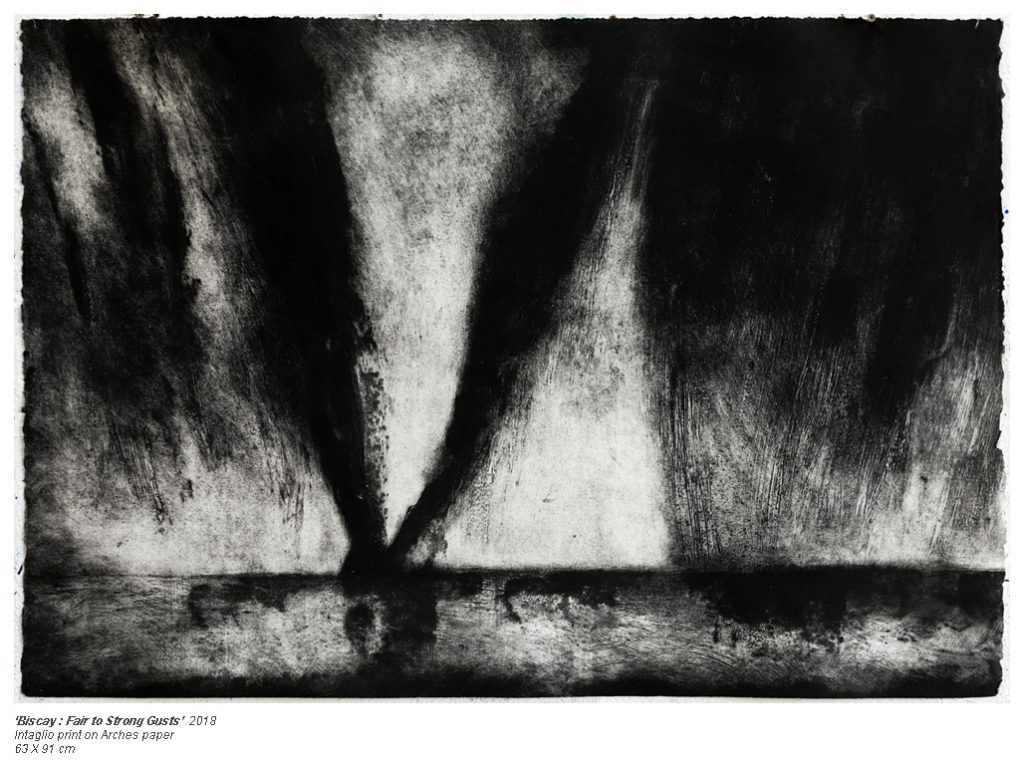
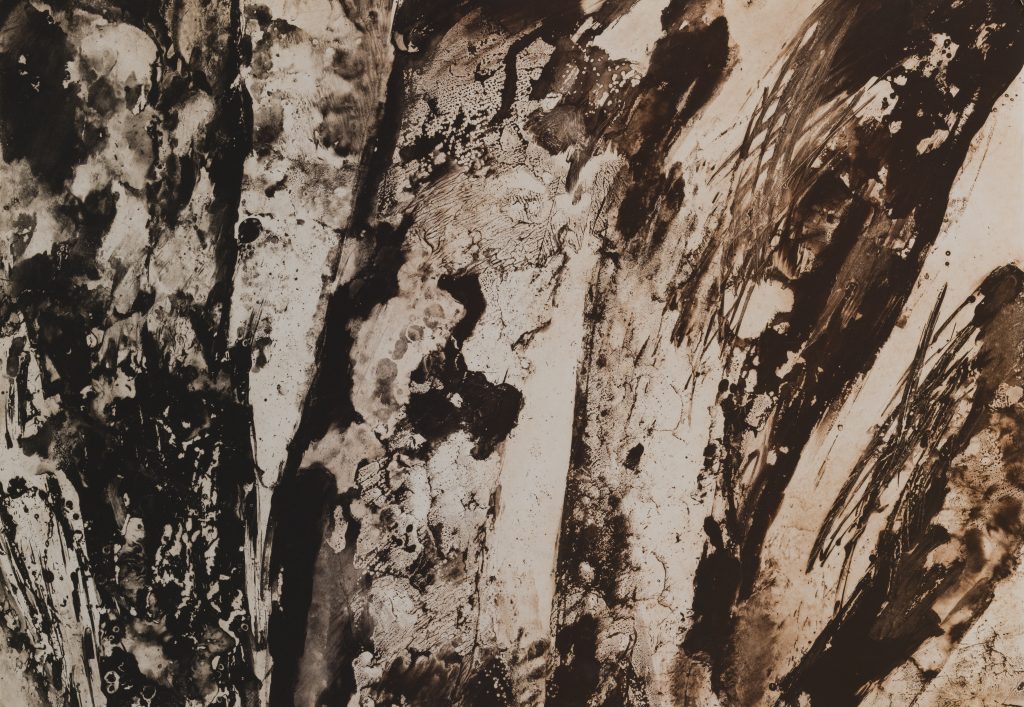
“… landscapes don’t come easy. Adrian Hemming’s physical labours in landscape are always evident in the final image; memories resonate at the very surface of his paintings. He ploughs materials across his canvases, scraping and layering paint with fingers, palette knife, brush. Confronted by the topography of oils and glazes that texture these landscapes, I am put in mind of a roughly worked field prepared for cultivation: here wet in late winter with clods of sticky clay reflecting metallic blue against a dull, blustery sky, there dry and terracotta red between old olives under a fierce August sun.”
Prof. Denis Cosgrave. (Landscapes of Memory and Desire. 2002)
